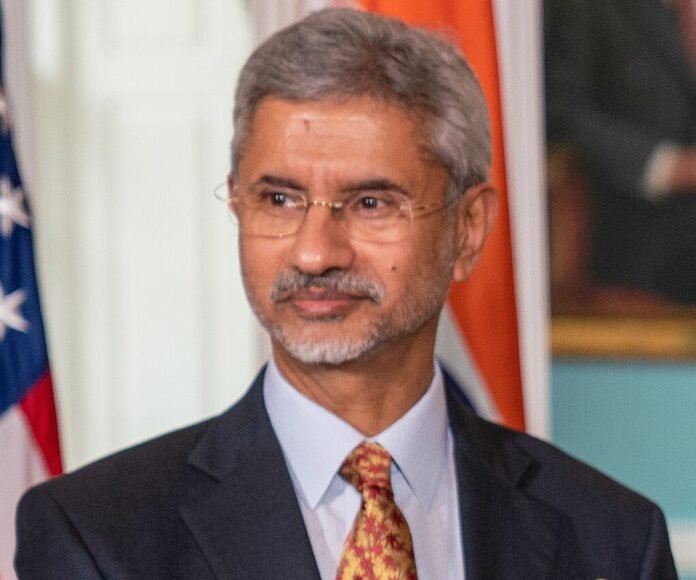India’s Foreign Minister admits deep-rooted tensions with China won’t vanish soon, but says ties can improve “step by step” without conflict
Foreign Minister S Jaishankar has acknowledged that India and China will continue to face bilateral tensions “for the foreseeable future,” even as both sides tentatively rebuild trust following a near five-year diplomatic freeze.
Speaking at a session hosted by the Asia Society, Jaishankar remarked, “We know that between India and China, at least in the foreseeable future, there will be issues, but there are ways of addressing those issues—and what happened in 2020 was not the way.”
The reference was to the violent border clash in eastern Ladakh in June 2020, where Chinese troops made unilateral moves to alter the status quo along the Line of Actual Control (LAC). The incident led to a deadly skirmish and an extended military standoff, souring relations dramatically between the two regional powers.
Jaishankar stressed that India’s goal was not merely conflict prevention but gradual restoration of a functional relationship. “We feel that from October 2024, the relationship has seen some improvement. What we are trying, step by step, is to see if we can rebuild, undo some of the damage which happened as a result of the actions in 2020.”
Embed from Getty ImagesThat “damage” was far-reaching: mutual suspicion grew sharply in both capitals, visa regimes were tightened, trade slowed, and people-to-people ties took a nosedive. A ban on dozens of Chinese apps followed in India, alongside heightened scrutiny on Chinese investment in Indian tech and infrastructure sectors.
It was only late last year—October 2024—when both sides agreed to return to pre-2020 conditions along the LAC, following sustained rounds of military and diplomatic negotiations. That détente opened the door for a rare in-person meeting between Prime Minister Narendra Modi and Chinese President Xi Jinping during the BRICS summit in Russia.
The two countries have since taken cautious steps forward. While Jaishankar didn’t downplay the complexity of the road ahead, he suggested a framework for engagement is emerging. “It’s not about ignoring our differences, but recognising that issues can be addressed through mechanisms and dialogue,” he said.
India and China share a 4,400-km-long contested border, divided into the LAC—spanning Ladakh, Himachal Pradesh, Uttarakhand, and Sikkim—and the McMahon Line, which lies across Arunachal Pradesh. Both regions have witnessed flashpoints in past decades, but the Galwan Valley clash of 2020 marked the bloodiest confrontation in over 45 years.
In the backdrop of China’s increasing strategic assertiveness across Asia and India’s growing global alignment with Western powers and Indo-Pacific allies, the relationship between the two giants remains delicately poised.
For now, New Delhi appears committed to cautious engagement. “It’s not about pretending things are okay,” Jaishankar noted, “but about managing them wisely.”
